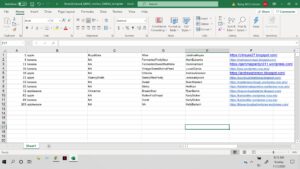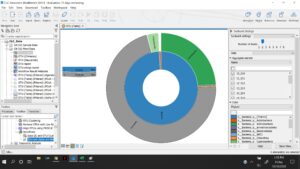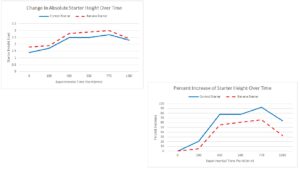Our sourdough genomic data has finally been sequenced and now we are able to perform data analysis!
The question I have chosen to look into is:
Does the acidity or basicity (pH) of a fruit impact the microbial makeup of a sourdough starter?
I hypothesize that the change in pH will impact the microbial composition between the two different groups of samples.

Excel Sheet of Samples Used, Aroma Notes, and Link to Classmates Blogs
After several days of trying to get my computer to run data analysis in both Nephele and CLC I was unable to get concrete results due to technical issues from both. Contacting both customer help services for both programs gave no success either so I will just have to make my must educated guess on results.
I believe that from my results I would have seen that there was no significant difference in microbial composition between the more acidic samples (apples), and less acidic samples (bananas). I believe that this would be the result because the main microbes that grow in the starter are yeast and bacteria that consume lactic acid which makes the starter acidic as the microbes metabolizes nutrients. I am confident that both the fungal and bacterial populations of the two starter sample groups are not very significantly different.
When it comes to different breads in different cultures I do not believe that there would have been a significant difference in the microbes, or at least enough of a difference to lead to different kinds of bread being made around the world.


